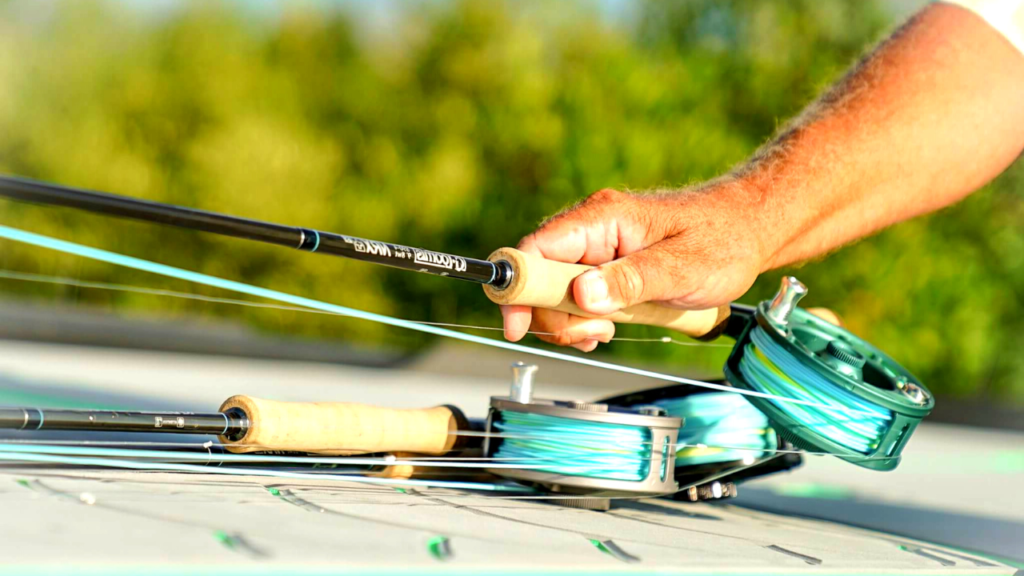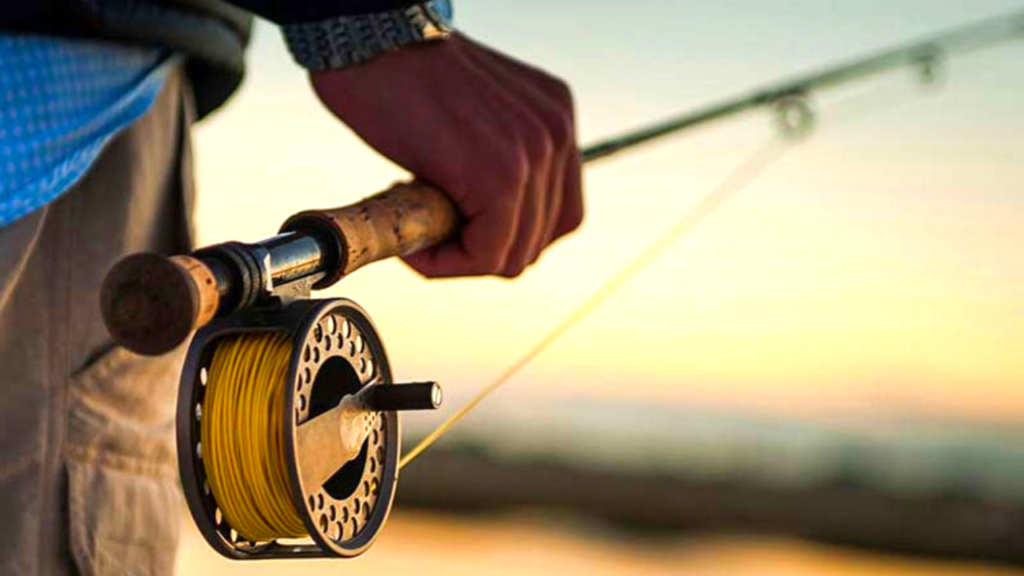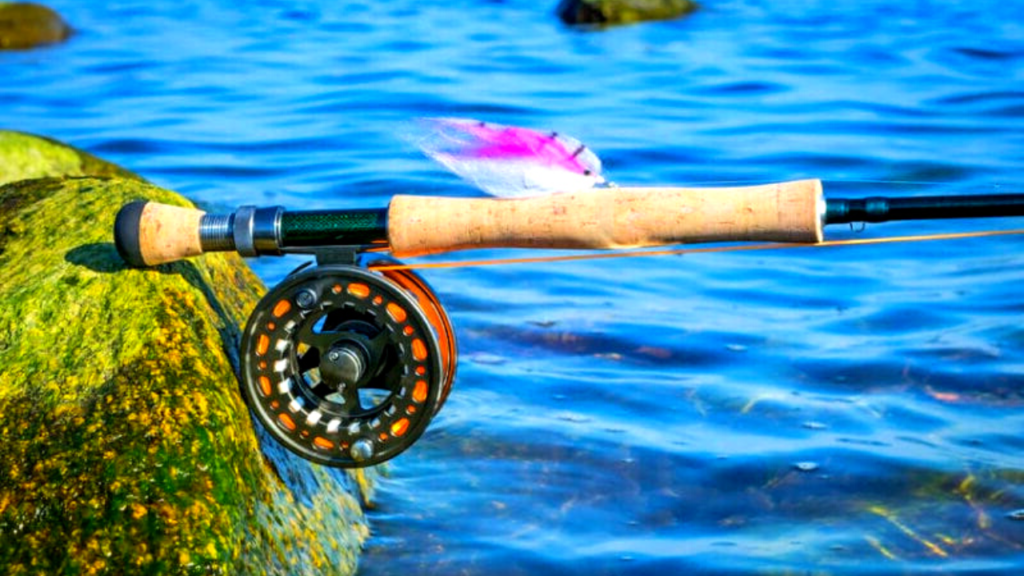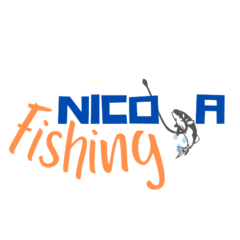Saltwater fly fishing can be a great way to enjoy the outdoors. It’s also a fantastic way to get some exercise and spend time with friends or family. Saltwater fly fishing is a challenging sport that can take years to master, but it’s also an incredibly rewarding one.
Do you feel like saltwater fly fishing can be a daunting task for beginners? Yes, there is so much to learn, and it can seem like a complex and difficult sport. However, with the right information and some practice, you can learn saltwater fly fishing quickly!
In this article, we will provide a step-by-step guide to help get you started. We’ll cover everything from choosing the right equipment to catching fish. So read on and get ready to enjoy one of the most rewarding sports out there!
Saltwater Fly Fishing
Saltwater Fly Fishing is a great sport for beginners because it is relatively simple and there is a lot of satisfaction that comes with catching a fish on a fly. In this guide, we will walk you through the basics of saltwater fly fishing so that you can get started with this exciting hobby.

What You’ll Need:
– A saltwater fly fishing rod and reel
– Saltwater flies
– A wading belt
– Waders (optional)
– A net (optional)
Catching a saltwater fish on a fly can be an incredibly satisfying experience. With this step-by-step guide, we hope that you can get started with saltwater fly fishing and enjoy this incredible sport.
How to Get Started with Saltwater Fly Fishing
One of the most important things to do when getting started in saltwater fly fishing is to choose the right equipment. This can be an intimidating task, as there are many different types of saltwater fly fishing gear available on the market.
However, with a little research and guidance from an experienced saltwater fly fisherman, you’ll be able to choose the right equipment for your needs.
Step One: Choose Your Location
The first step after getting the right equipment is to find a good spot to fish. When saltwater fly fishing, it is best to look for areas where the water is shallow and there is a lot of fish swimming around. You can usually find these areas by looking for schools of baitfish or by simply scanning the surface of the water for disturbances. When saltwater fly fishing, you will want to choose a location that has good access to the water.

You will also want to consider the type of fish you are hoping to catch. For example, if you are hoping to catch striped bass, you will want to find a location with deep water and plenty of rocks or other structures for the fish to hide in.
Step Two: Set Up Your Equipment
Once you have chosen your location, it’s time to set up your equipment.
First, you will need to attach your saltwater fly fishing rod to your reel. Then, you will need to thread your line through the guides on your rod and tie on a saltwater fly.
Step Three: Get in the Water
Now that you have your equipment all setup, it’s time to get in the water!

If you are wading, be sure to use a wading belt to help keep you safe. Once you are in the water, cast your line out and let the fly sink to the bottom.
Step Four: Reel in Your Catch!
Once you have let your fly sink to the bottom, it’s time to start reeling in! Slowly reel in your line, keeping an eye out for any fish that might be biting.
If you see a fish swimming towards your fly, stop reeling and let the fish take the fly. Once the fish has taken the fly, give it a little slack, and then set the hook!
Step Five: Landing Your Fish
Once you have hooked a saltwater fish, it’s time to start reeling it in. Be sure to keep tension on the line so that the fish doesn’t get away. Slowly reel in your catch until it is close enough to net. Then, use your net to scoop up your fish and bring it to shore.

There you have it! These are just a few simple tips to help you get started with saltwater fly fishing. With a little practice, you’ll be an expert in no time! So get out there and start enjoying this fantastic sport today.
More To Saltwater Fly Fishing
Another important thing to keep in mind when getting started in saltwater fly fishing is to learn the basics of saltwater fish biology. This will help you understand how saltwater fish behave and where they are most likely to be found. Additionally, knowing some basic saltwater fish biology will also help you choose the right bait and lures for your fishing trip.
It is also important to be aware of the wind when saltwater fly fishing. The wind can cause your fly to drift away from the fish, so it is important to adjust your casting accordingly. When you’re ready to start saltwater fly fishing, you might also want to get a saltwater fishing license.
Catching Fish In Saltwater Fly Fishing
Saltwater fly fishing can be a great way to enjoy the outdoors. Imagine how calming it will be to spend time in nature, next to a body of water while practicing the virtue of mindfulness! If you are patient while waiting, it will increase your chances of attracting fish as the underwater world can feel whether you are relaxed or anxious!
Let’s remember the key points. Once you have the proper equipment and know a little bit about saltwater fish biology, it’s time to start practicing your casting. Casting is one of the most important aspects of saltwater fly fishing, and it takes time and practice to improve. There are many different types of saltwater fly fishing casts, so it’s important to experiment and find the one that works best for you.
When casting, it is important to remember that saltwater fly fishing requires a different technique than freshwater fly fishing. In saltwater, you will need to use more force to cast your line because of the weight of the saltwater. Finally, once you have made a successful cast, it is time to reel in your fish! When reeling in a saltwater fish, it is important to go slowly and steadily so that you don’t break your line.
Saltwater fly fishing can be done from a boat or from the shore. If you’re just getting started, we recommend fishing from the shore. This will allow you to get a feel for the sport without having to worry about being in a boat.
There you go, now you know everything about a beginner’s guide to saltwater fly fishing. If you enjoyed this article, please be sure to share it with your friends or family who might be interested in saltwater fly fishing for beginners.
Also, check out our other blog posts for more great tips and information on “A Beginner’s Guide To Fishing In The Lake”. We’re always happy to help fellow saltwater fly fishermen. Until next time, sweet nature time, and good luck!


